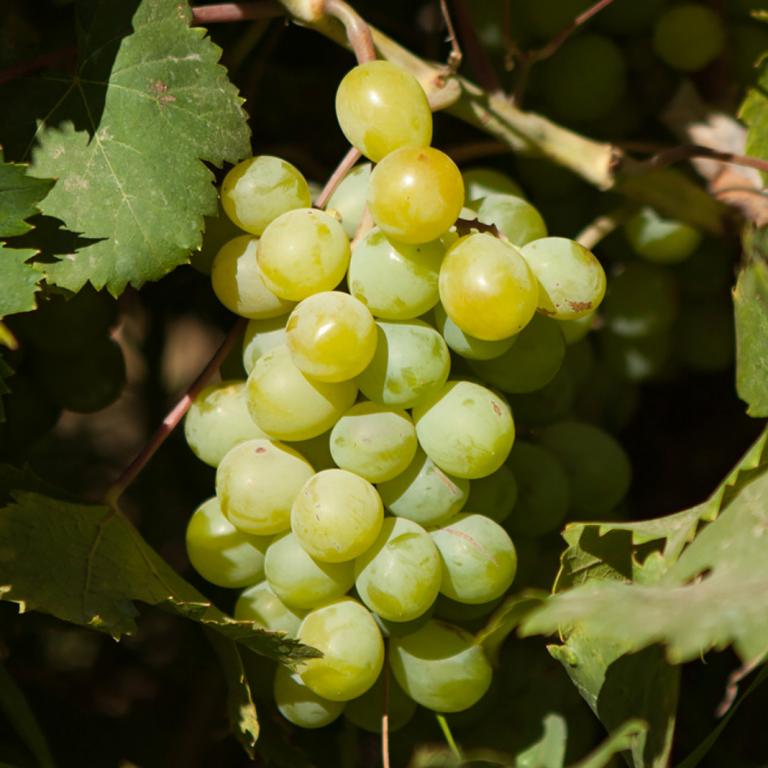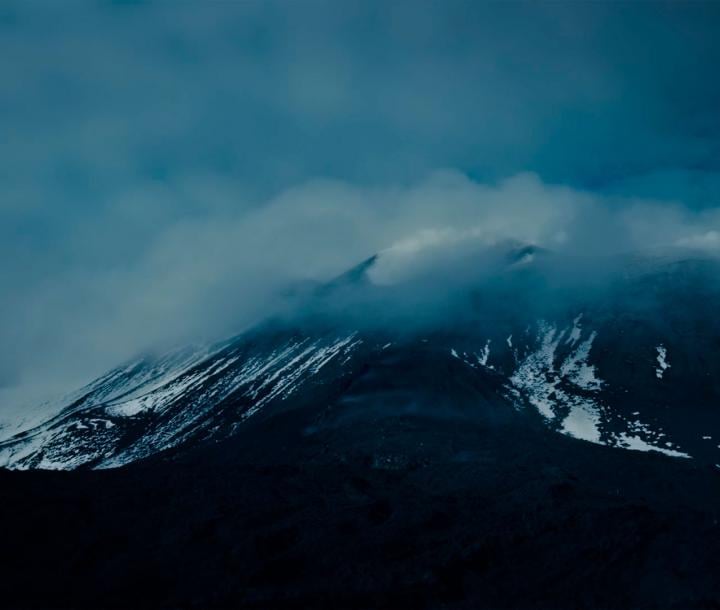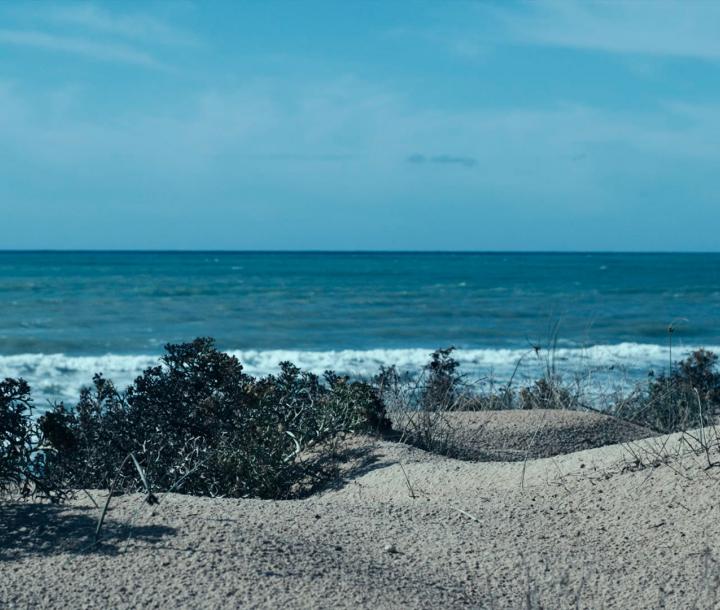Cossyra
Pantelleria is a small piece of paradise on Earth between Sicily and Tunisia, a marvelous island with natural beauties and a breathtaking environment with a wild and shocking nature.
The island was created by the eruption of an underwater volcano and was named Cossyra by the Greeks. Lava rock cliffs overlooking the sea, sea stacks, dry-stone walls, dammusi (typical buildings), prickly pear, caper cultivations with an intense aroma and last but not least the Pantelleria alberello vine (also called Alberello Pantesco), UNESCO heritage: the Zibibbo grapes harvested from these one-of-a-kind vineyards represent the raw material for the vinification of the refined Passito di Pantelleria.

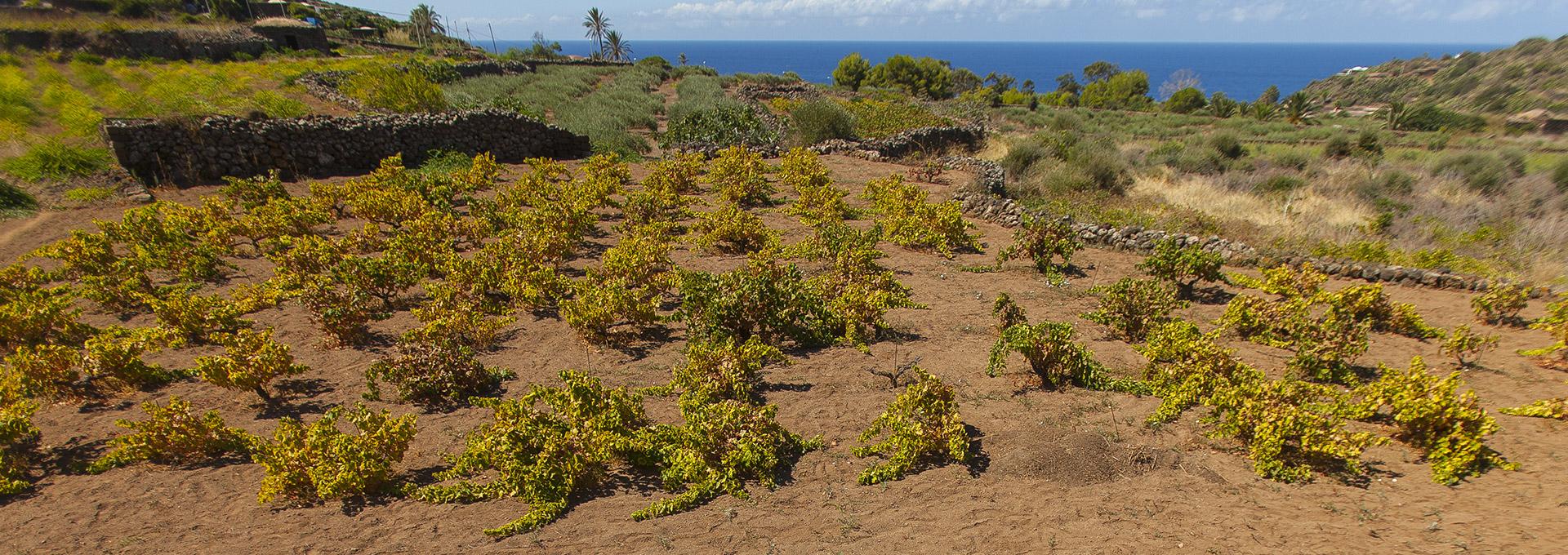
The island is located six navigation hours from the south-western coast of Sicily, where the Mandrarossa vineyards lusciously extend on the hills overlooking the sea.
From these hills it’s possible to see on a clear day the three peaks of Pantelleria, magically appearing on the horizon. As if Mandrarossa was being invited to cross the sea and start new projects on this island stuck in time, world renowned for its seductive Passito made from the native Zibibbo grapes.
In the Karuscia district, on the inner slope of the island, we vinify our Passito di Pantelleria Doc, produced from a selection of grapes that comes from three districts, located in different areas of the island and each with a specific wind and sun exposure.
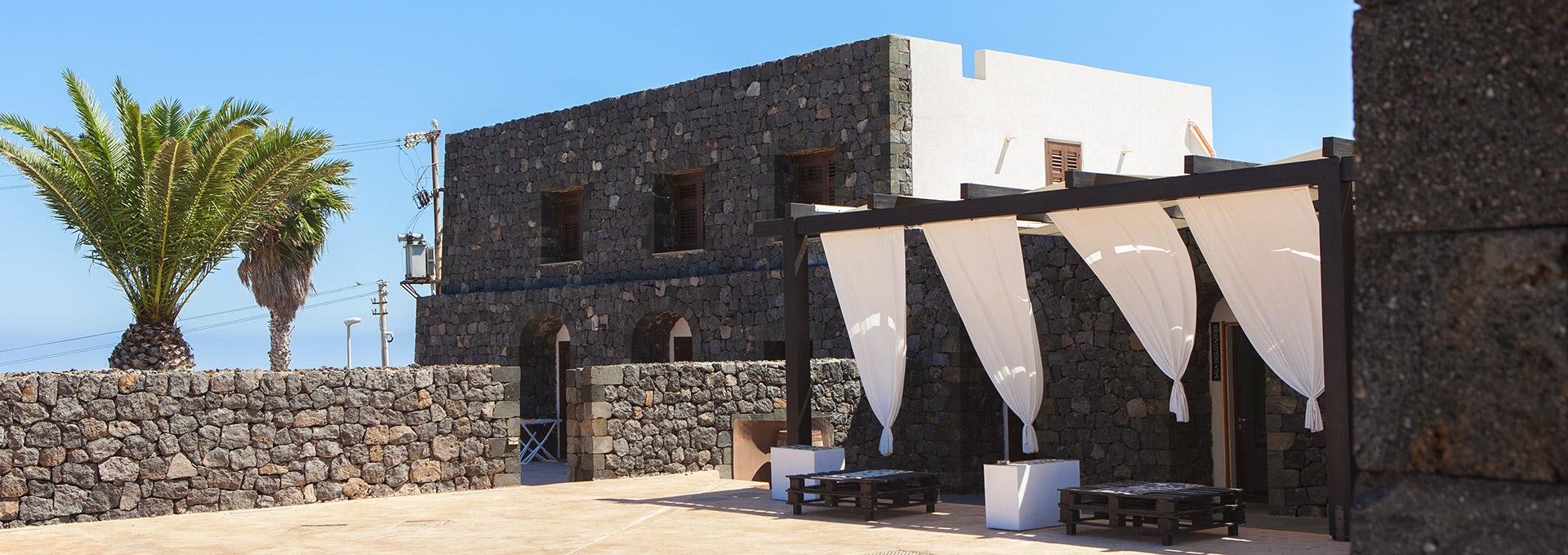
In the Bukkuram district, on the western side of the island, on a small highland full of sapling-trained (alberello) vineyards that reach the sea, we harvest the grapes that grow in one of the most renown areas for the Passito production.
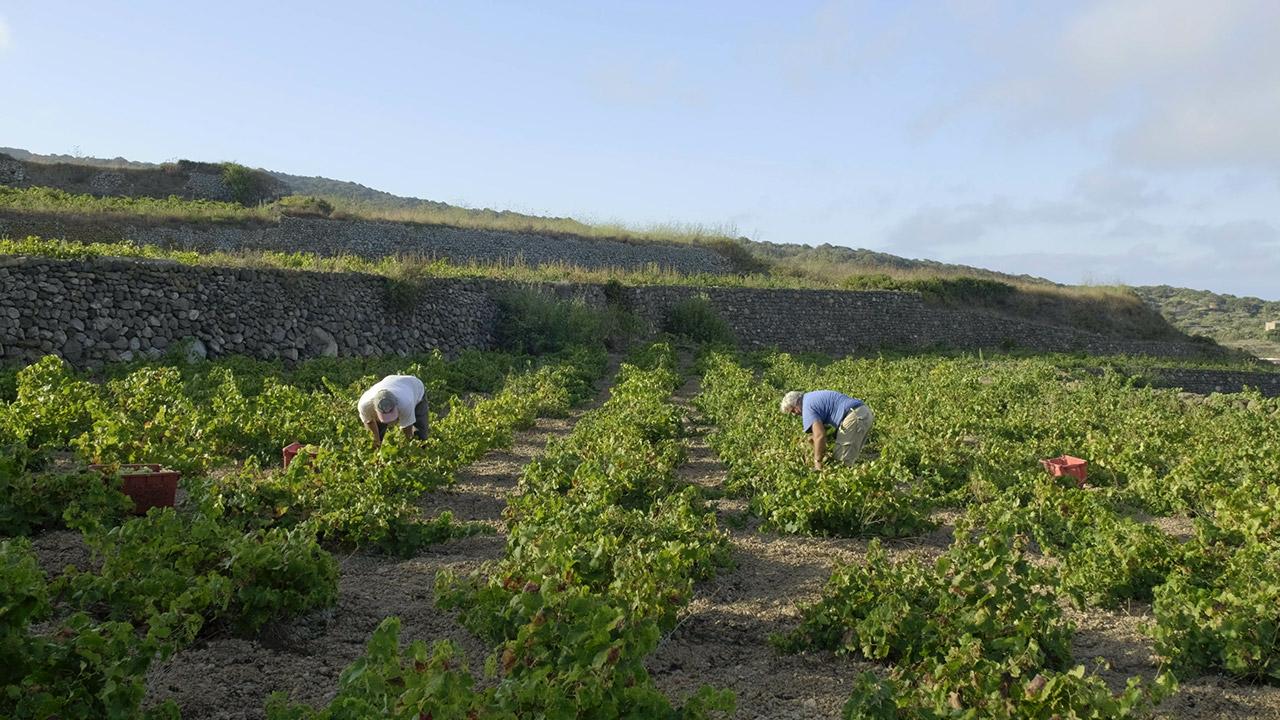
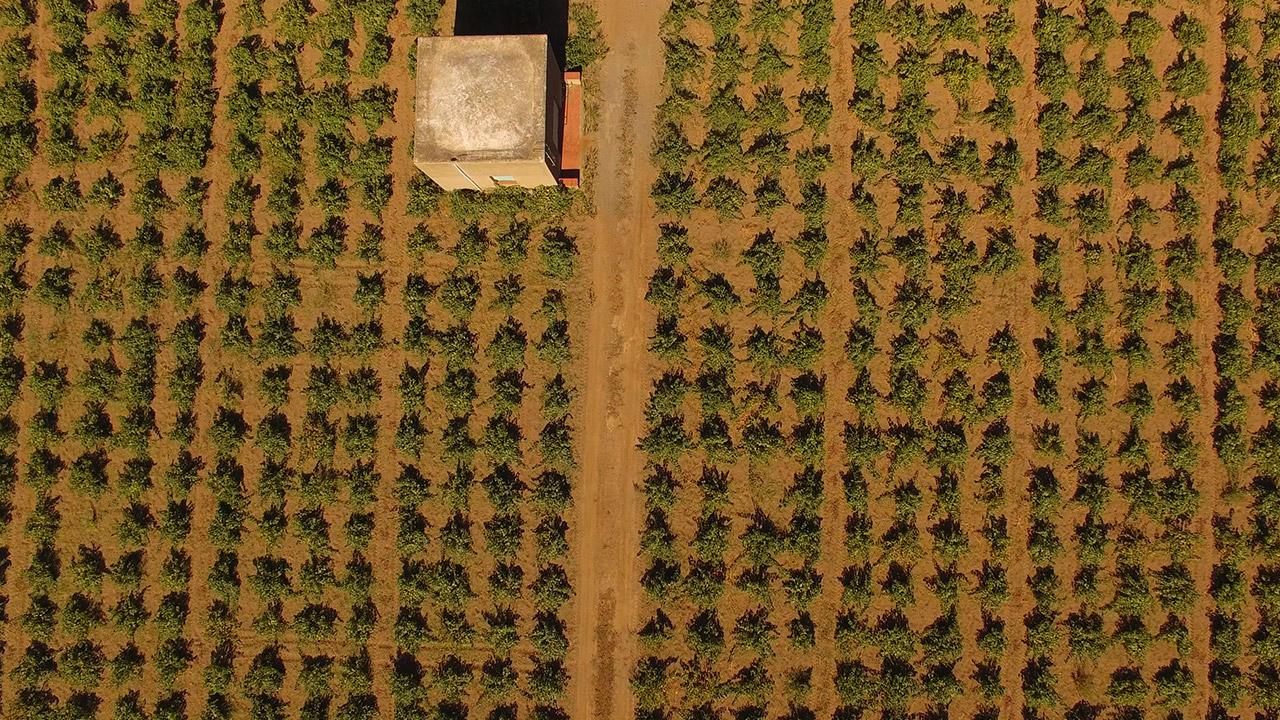
Our selection continues in Piana della Ghirlanda, a stretch of vineyards that covers what 50 thousand years ago was volcano’s caldera, an ideal area for cultivating the Zibibbo variety. Here, thanks to the wind streams that cross the valley and the intense temperature excursions, the grapes fully retain their aromatic profile and acidity.
Finally, in the Monastero district, where the valley is outlined by the Zighidì caldera and with a south-western exposure, we harvest the Zibibbo in the area with the most vineyards, where the alberello found the ideal habitat for its growth.
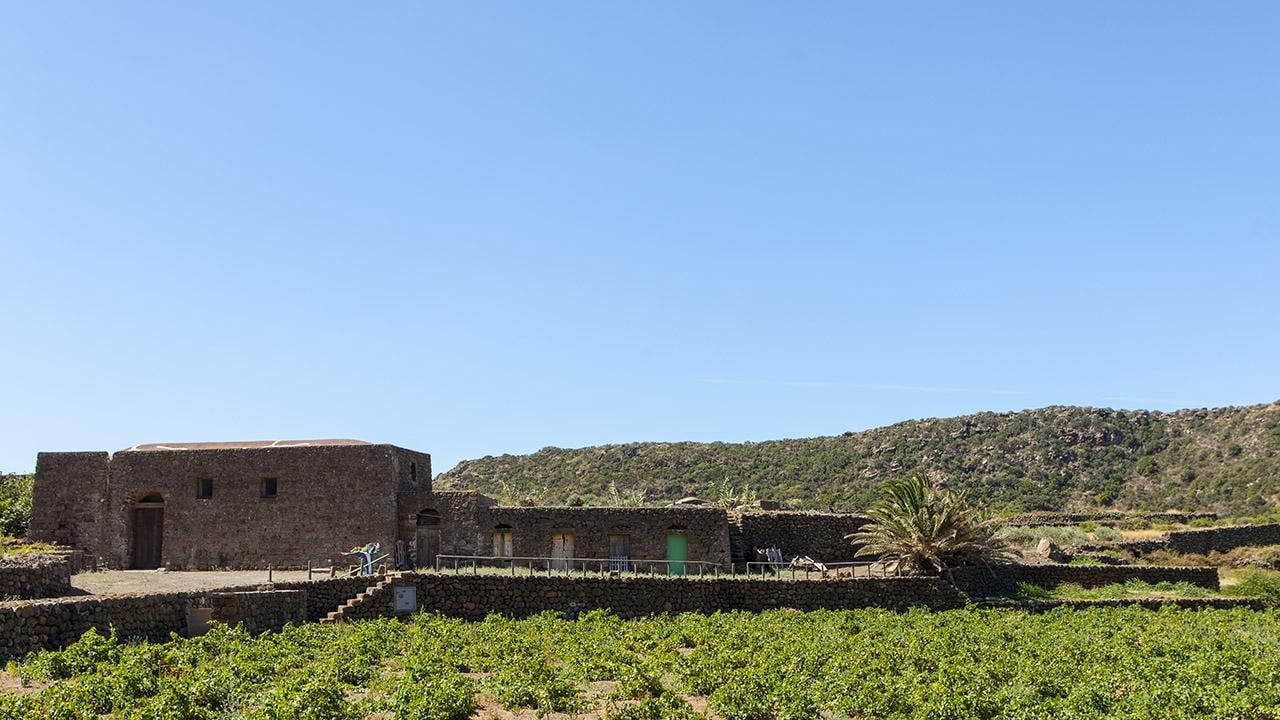
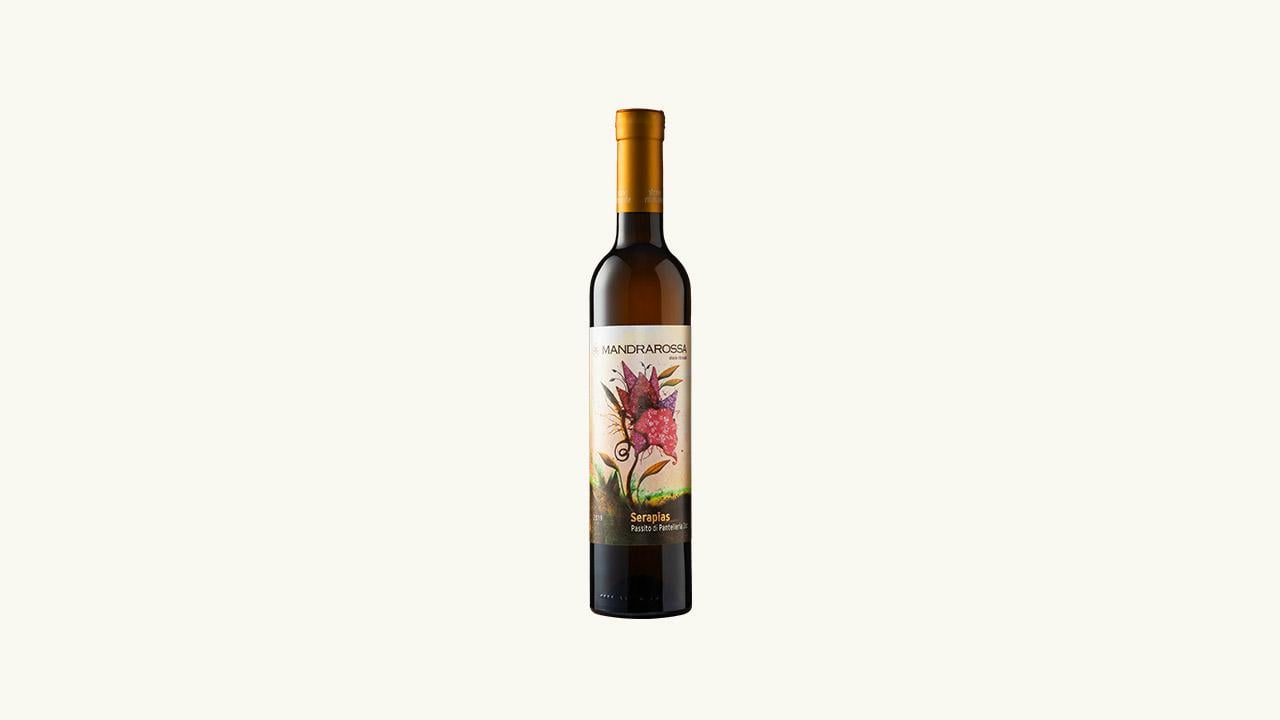
The grapes from these territories, which reach a total of 2 hectares of vineyards, will produce a seductive, aromatic and intense wine, a contemporary interpretation of “Pantelleria’s yellow gold” that captivated the Carthaginians upon their arrival to the island in 200 B.C.

